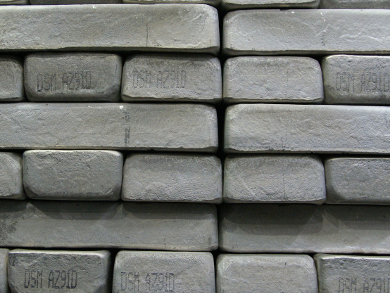Magnesium is 35 % lighter than aluminum, but its low resistance to corrosion hinders the application of magnesium alloys. Protective coatings often require specialized equipment, harsh processing conditions, or toxic reagents. An alloy called AZ31, consisting of 96 % magnesium with aluminum, zinc, silicon, and manganese, is strong, ductile, weldable, and fairly resistant to corrosion. It is used in aircraft fuselages, cell phone and laptop cases, and in the automotive industry.
Liang Song, Chinese Academy of Sciences, Rongchang Zeng, Shandong University of Science and Technology, both Qingdao, China, and colleagues developed a two-step corrosion protection treatment for AZ31 that uses benign chemicals and mild conditions. They started with a hydrothermal treatment using aqueous NaOH. This produced a flaky hydroxide layer on the alloy surface that provided moderate corrosion protection. The hydroxide layer facilitated the next step, treatment with an aqueous solution of stearic acid and dimethyl formamide.
This process produced a superhydrophobic magnesium stearate coating that significantly improves the alloy’s resistance to corrosion. The coating traps air, which decreases direct contact between the corrosive medium and the alloy surface.
- Fabrication of the Superhydrophobic Surface on Magnesium Alloy and Its Corrosion Resistance,
Fen Zhang, Changlei Zhang, Liang Song, Rongchang Zeng, Shuoqi Li, Hongzhi Cui,
J. Mater. Sci. Technol. 2015, 31, 1139–1143.
DOI: 10.1016/j.jmst.2015.09.003




